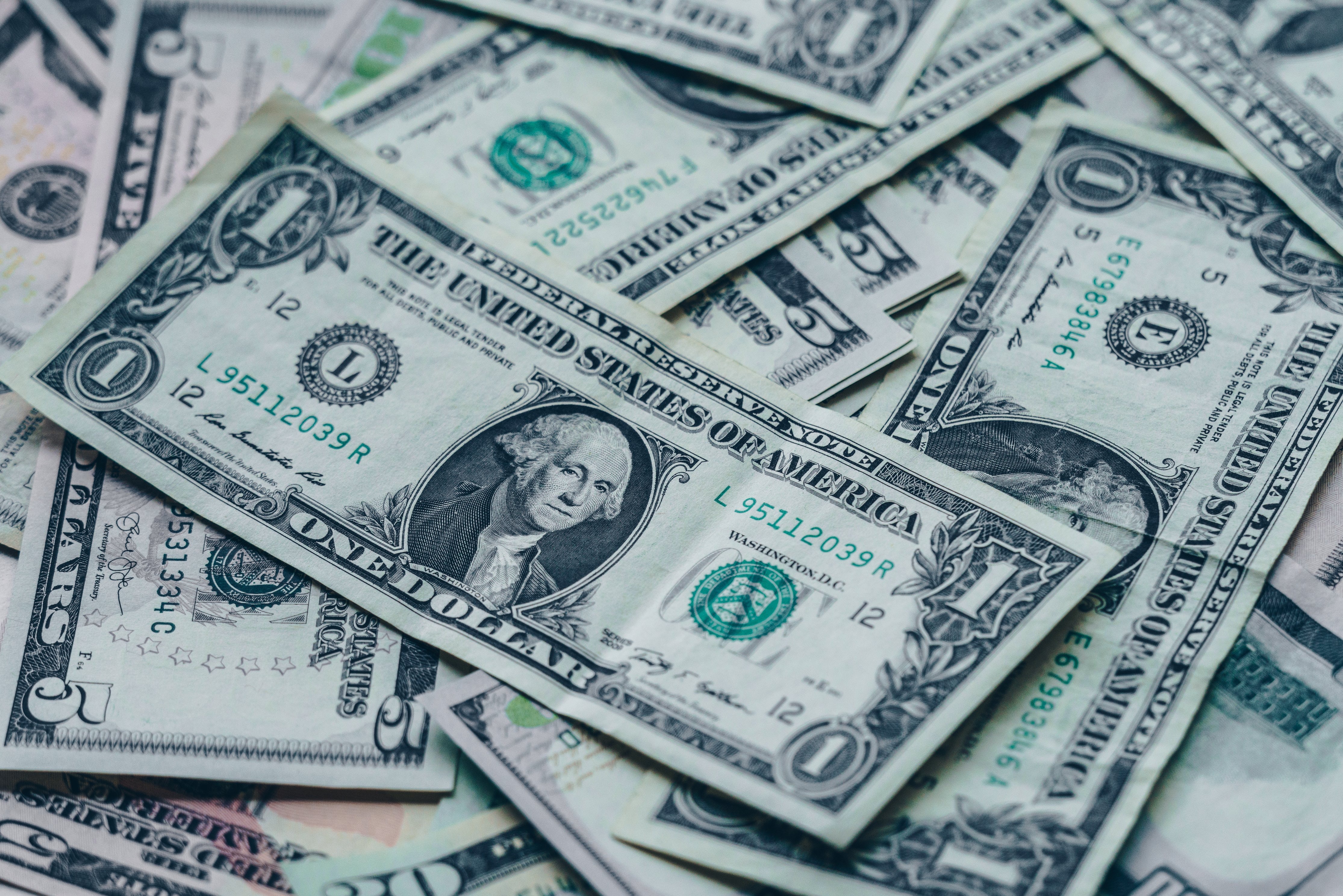According to results of the next meeting, the Federal Reserve Committee of the US Federal Reserve maintained the key rate in the range of 2.25–2.5%. The rate did not change this year, whereas in the past it has risen four times (cumulatively by 1 percentage point), in 2017 - three times (by 0.75 percentage point). Earlier, US President Donald Trump once again called on the Fed to cut rates, accusing the watchdog of worsening conditions for investors compared to the softer policies of the European Central Bank.
In a statement, the Fed noted the good state of the labor market and only a “moderate” increase in economic activity, indicating that inflation has decreased and remains below the 2% target. The regulator expects "further growth in business activity, improvement of the situation on the labor market and maintaining inflation at about 2% as the most likely scenario for the development of events." In the light of uncertainty and low inflation, the Fed promised to monitor the situation and take the necessary actions to support business expansion. Earlier, the Fed promised to be patient in assessing what actions should be taken.
It should be noted that the course of the regulator changed in March, then the majority of the committee members stopped waiting for the rate increase this year. Now, 7 out of 17 participants predict two rate cuts this year (the median forecast has not changed, since the majority are waiting for the rate to remain the same).
The Fed's economic forecasts are also partially adjusted - now they are waiting for US GDP to grow by 2% in 2020 instead of 1.9% (this year it was 2.1%, as expected in March). The inflation forecast for this year has been reduced to 1.5% from 1.8%, for 2020 - to 1.9% from 2%. In April, consumer inflation minus energy and food, which the Fed focuses on, was 1.6%. At the end of April, Fed Chairman Jerome Powell said that the decline was caused only by temporary factors, in particular the fall in financial service rates.
Capital Economics does not exclude rate cuts in September, but note that in addition to low employment growth in May, other indicators are not yet sufficient indicators for rate cuts, while the effect of higher tariffs will put pressure on inflation, but the effect will be largely compensated strengthening of the dollar and lower prices for commodities, especially oil.
source: bloomberg.com, capitaleconomics.com
In a statement, the Fed noted the good state of the labor market and only a “moderate” increase in economic activity, indicating that inflation has decreased and remains below the 2% target. The regulator expects "further growth in business activity, improvement of the situation on the labor market and maintaining inflation at about 2% as the most likely scenario for the development of events." In the light of uncertainty and low inflation, the Fed promised to monitor the situation and take the necessary actions to support business expansion. Earlier, the Fed promised to be patient in assessing what actions should be taken.
It should be noted that the course of the regulator changed in March, then the majority of the committee members stopped waiting for the rate increase this year. Now, 7 out of 17 participants predict two rate cuts this year (the median forecast has not changed, since the majority are waiting for the rate to remain the same).
The Fed's economic forecasts are also partially adjusted - now they are waiting for US GDP to grow by 2% in 2020 instead of 1.9% (this year it was 2.1%, as expected in March). The inflation forecast for this year has been reduced to 1.5% from 1.8%, for 2020 - to 1.9% from 2%. In April, consumer inflation minus energy and food, which the Fed focuses on, was 1.6%. At the end of April, Fed Chairman Jerome Powell said that the decline was caused only by temporary factors, in particular the fall in financial service rates.
Capital Economics does not exclude rate cuts in September, but note that in addition to low employment growth in May, other indicators are not yet sufficient indicators for rate cuts, while the effect of higher tariffs will put pressure on inflation, but the effect will be largely compensated strengthening of the dollar and lower prices for commodities, especially oil.
source: bloomberg.com, capitaleconomics.com





